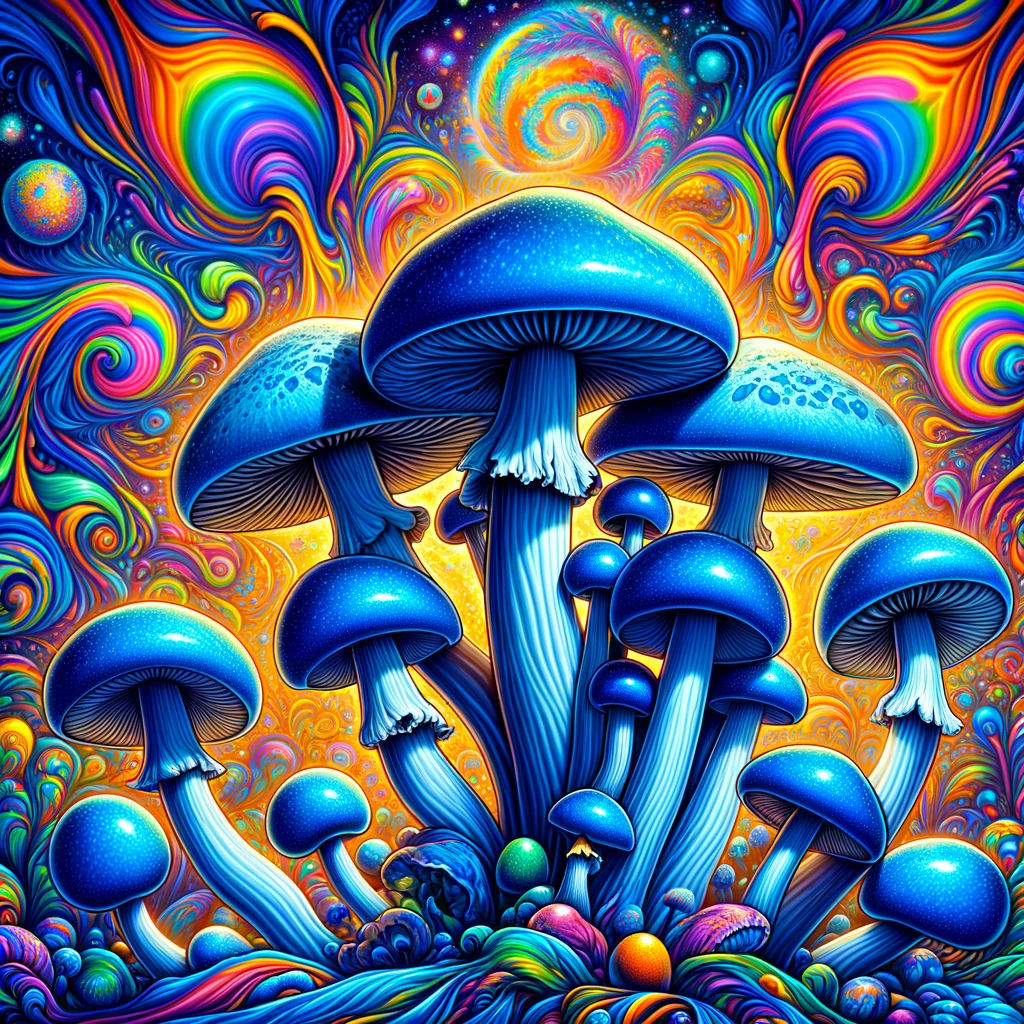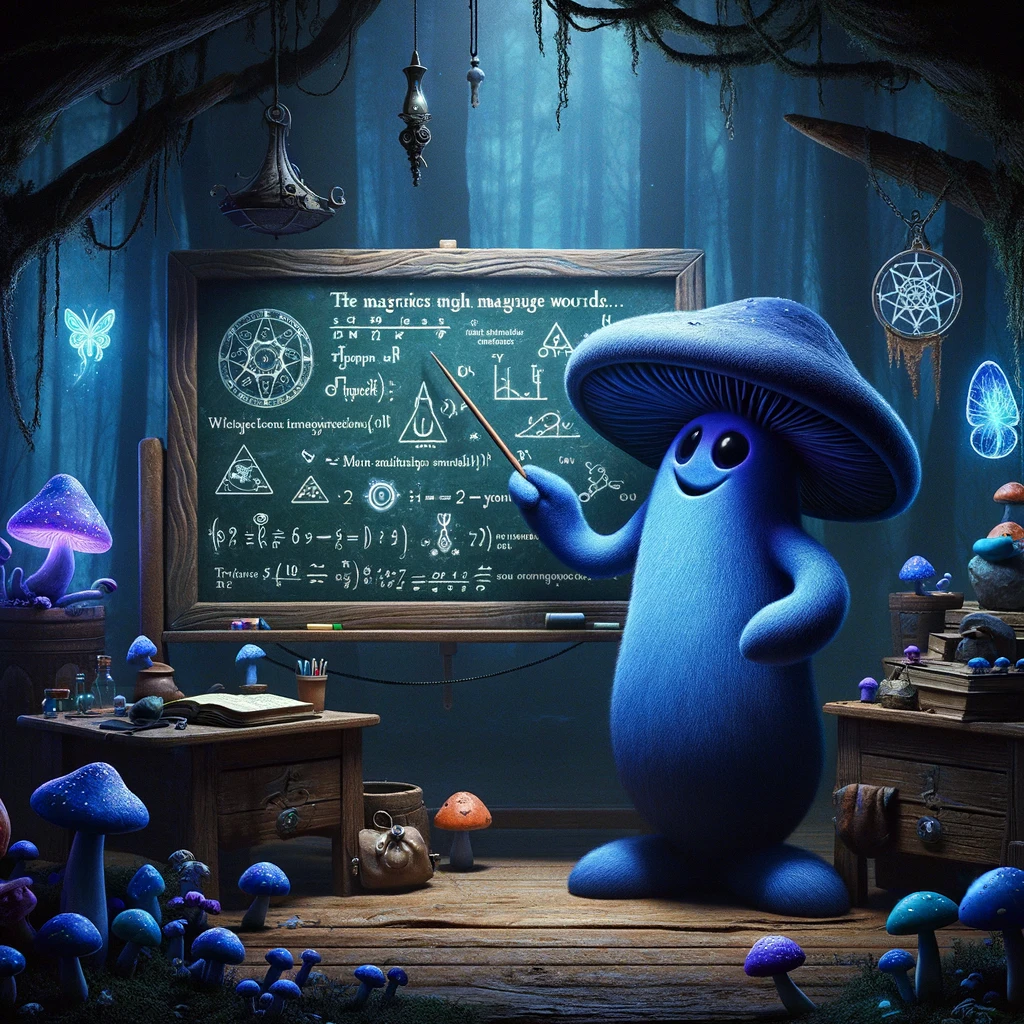
Blue Meanies Magic Mushroom in Canada

Blue Meanie strain is considered as one of the world’s most potent shrooms online. If you want to get a life-changing spiritual experience this is your go-to option, since Blue Meanies contain double to triple the normal amount of psilocybin — main psychedelic compound of magic shrooms. It also makes them perfectly suitable for therapeutic use with careful dosing.
Blue Meanie is a tried-and-true option, if used with caution, but it’s definitely not meant for those, who tried only Blue Meanies microdosing capsules or is a first-time consumer. With the high psilocybin concentration (3,00+/-0,24 mg per 100mg), Blue Meanies demand careful dosing and strict adherence to the principle “start low and go slow”.
Blue Meanies Appearance
Blue Meanies grow separately and in clusters. Each magic shroom has a thin stem and a wide goldish cap. Here is also a more detailed description:
- Size: cute, tiny, not very tall, 2-5 inches (5-12cm) with a cap diameter of 0,5-1,6 inches (1,3-4 cm);
- Cap: golden yellow to brown tones, along with cracks, if the weather was dry. Easily bruises to greenish or blue colors;
- Stem: wider base, long and slender white-pale to yellow stem with pinky shades;
- Gills: gray with white edges and become black later, broad, and tight, creating a luxurious combo with a bell-shaped caramel-yellow cap.
It’s important to distinguish Blue Meanies from their lookalikes and alternatives. One easy way to do so is to find the distinctive blue spots the Psilocybin leaves on blue meanies’ surface. When they’re mature, they become their namelike — exceptionally blue. It happens because of the high Psilocybin concentration that turns blue when exposed to the air.
Blue Meanies Origins
It is worth noting that most reports on buy magic mushrooms Blue meanies’ origins are anecdotal. Yet, it is believed that first Blue Meanies were introduced in 1871 in Sri Lanka as Agaricus cyanescens. The confusion between Psilocybe cubensis and the whole other genus of Blue Meanies (Panaeolus) such as Panaeolus cyanescens and Panaeolus cinctulus started early on because:
- Few years later it was described by another mycologist on Philippines who named it Copelandia papilionacea;
- Only in 1887 Blue Meanies got the name that is widely used now — Panaeolus cyanescens;
- Still some enthusiasts believe that the history of BMs started in Asia or even in Hawaii, but, as we previously mentioned, no one can tell whether it’s true or not.
There is also a theory describing that the name Blue Meanies came from the main antagonists in the Beatles psychedelic animated movie “Yellow Submarine” (1968) . Band’s connection to psychedelic drugs and deep introspection shown in the movie create a fertile ground for various theories. Nowadays, Blue Meanies can be found almost everywhere in the world. Year-round in tropics, late spring to autumn in subtropics, sometimes in the summer in temperate zones.